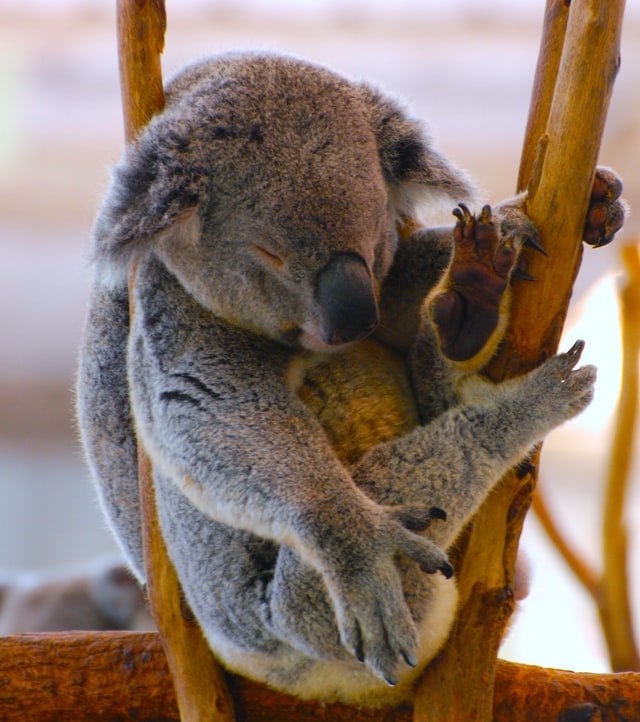The Journey
Yoga and Ayurveda work hand-in-hand, they are sisters. Ayurveda tells us that peri-menopause is not a movement from Pitta into the Vata phase. It is very much a Pitta experience in and of its own right. Listening to our bodies and tending to our needs with tenderness and compassion is YOGA in action.
When pitta is out of balance through peri-menopause and menopause, it is often our hormones changing, fluctuating, diminishing, and in some cases increasing like follicle-stimulating hormone (FSH) and luteinising hormone (LH).
FSH and LH stimulate our ovaries to release an egg, and curiously, these two hormones increase at menopause. In fact, the increase in FSH is the hormone doctors can measure to show a woman she has moved into post-menopause or her Wise Woman phase of the feminine life cycle.
Now, I know you know yoga is not just stretching bendy shapes because something keeps drawing us back – it’s more than the shapes, right? It’s that sense of peace, contentment (Santosha), the increase in loving kindness towards ourselves (Ahimsa) and self-awareness (Svadhyaya).
But
did you know you can tailor your practice to how you’re feeling through peri-menopause to post-menopause?
Pitta (Fire)
- Out of balance: angry, aggressive, hot-tempered, migraines, rashes, sweaty, oily, hot flushes, night sweats, rage and irritability
- In balance: passionate, dynamic, active, leadership, motivational, strong body
- More present in the phase of womanhood from peri-menopause to menopause
- Women who are naturally Pitta will bring this into menopause by pushing, challenging, and resisting and will struggle to slow down, rest and accept.
Yoga Practice
Keywords: cooling, relaxing, surrendering, accepting, forgiving, gentle, soft, feminine, diffuse
Styles of Yoga: Yin, Restorative, Hatha
- Frawley* (2009) recommends you avoid strenuous yoga that raises body temperature, sweating, or over-exertion; move at a steady pace and keep the breath even; release physical heat through hips, groins, chest, and armpits.
- Pitta balancing hip opening to release heat, seated forward folds, simple seated or lying twists (avoid twists that require exertion).
- Frawley* advises against overheating the blood or bringing too much heat to the head’; avoid inversions such as headstand and handstands modify to downward facing dog with head on a bolster, wide-legged forward fold, standing forward fold head on a bolster – some women will still experience hot flushes.
- Essential to cool down – you can do a strong practice but it is really essential to counterbalance the heat with cooling postures and pranayama.
Vata (Air)
- Out of balance: anxious, fearful, insomnia, indecisive, dry, constipation, headaches, thirsty
- In balance: imaginative, creative, movement and dance, fluid, flexible, inspiring, thin and elegant
- Vata dominance women will bring this imbalance through into their experience of menopause and are likely to experience more anxiety, panic attacks, insomnia, overwhelm, and brain fog
- All women will become more Vata through menopause and into post-menopause
Yoga Practice
Keywords: calm, slow, steady, grounding, earthing, consistent, strengthening, stabilising
Styles of Yoga: Slow flow, Hatha, Restorative at the end of a moving to stillness practice
- Frawley* links Vata to weakened bones and spine, cold dry skin, and a nervous fearful disposition.
- Re-balance excess Vata with calm steady practice and fluid-flowing sequences that quieten the mind.
If I was going to recommend one practice to do regularly to manage the shifts, changes and swings (physical, emotional, mental, hormonal and spiritual), I’d suggest a short daily yoga Nidra practice or legs up the wall. However, listen to your intuition she will tell you what you need.
References
Frawley, D., Yoga and Ayurveda: Self-healing and Self-realisation, 1999






